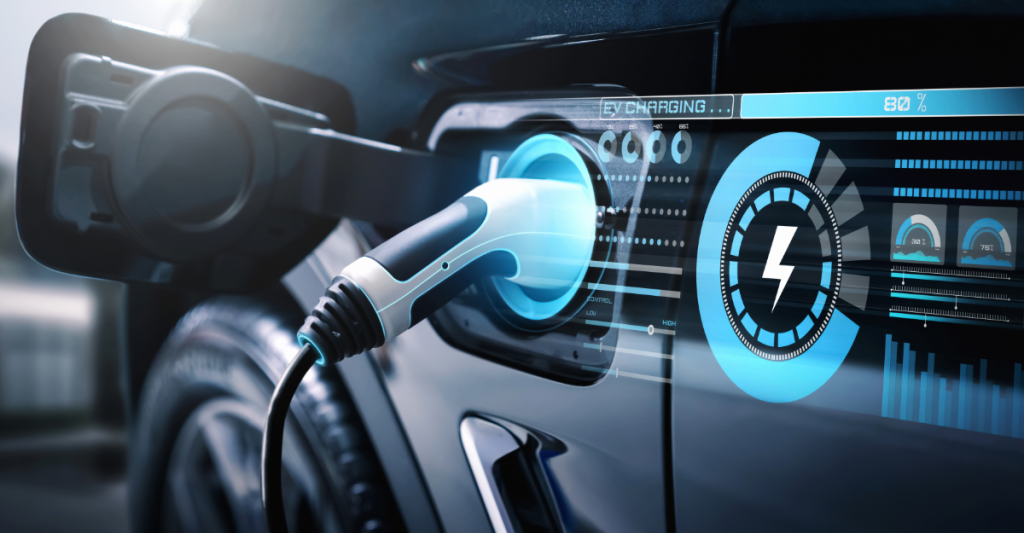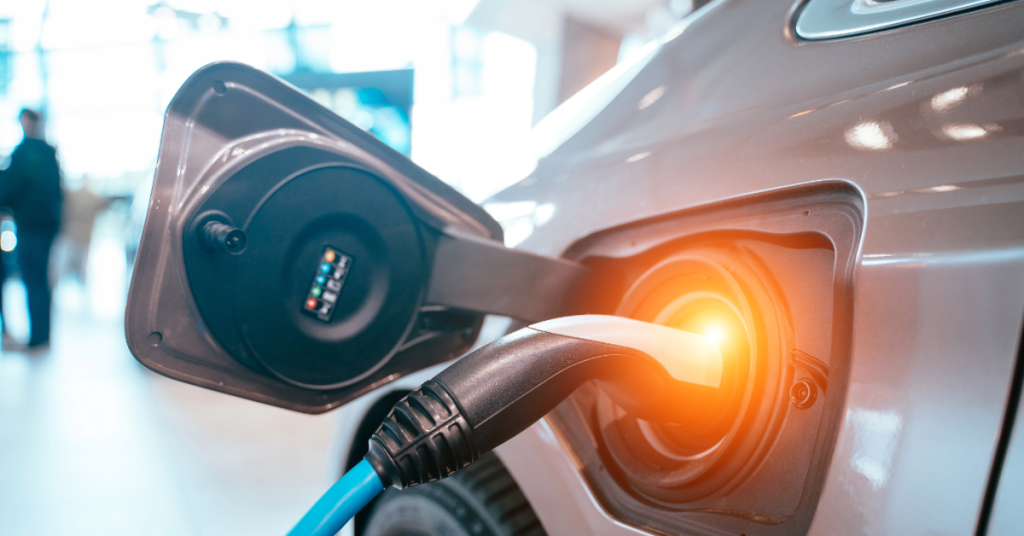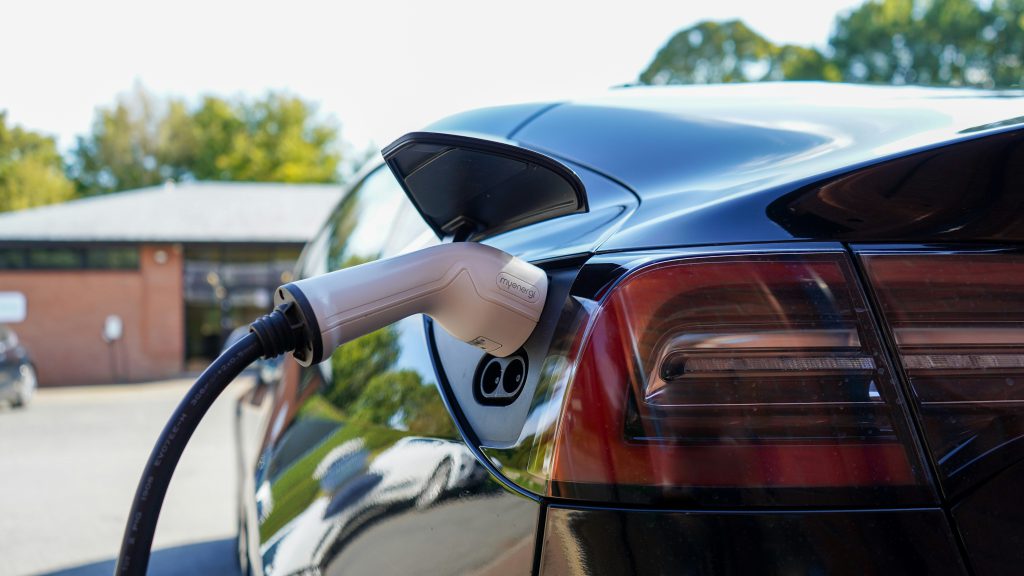Key Takeaways
- Explore the pinnacle of EV battery range in 2023, and understand factors that influence real-world range.
- Battery maintenance, charging habits and external conditions can all affect an EV’s performance.
- Innovations such as aerodynamic design features and strategic route planning help maximize electric vehicle ranges for a variety of budgets.
Exploring the Pinnacle of EV Battery Range in 2023
The year 2023 brought forward electric cars that redefined the limits of EV range. According to EPA estimates, the 2023 BMW iX takes the crown as the longest range electric car, boasting an impressive 324 miles of range. These long-range EVs, such as the BMW iX, are highly regarded among the best EVs, offering a blend of power, luxury, and efficiency. However, they do come with their own set of challenges.
For instance, while Tesla cars offer impressive performance and range, their build quality and driver assistance systems may fall short of expectations. How can you maneuver through the changing landscape of EVs to find the suitable match for your needs? The answer lies in understanding not only the top contenders but also the factors that influence the real-world range of EVs.
Understanding EPA Estimated Range and Real-World Mileage
A distinction exists between the EPA estimated range and real-world mileage concerning EV range. The EPA estimated range is determined through standardized laboratory tests and is often higher than the real-world mileage. This is because real-world mileage takes into account factors like driving conditions, weather, and driving habits, which can result in lower mileage.
What are these factors and what strategies can we employ to optimize them for maximum EV performance?
Factors Impacting Range
Factors such as extreme temperatures, speed, payload, tire traction, cold weather, and HVAC usage can significantly influence the range of an electric vehicle. For instance, cold temperatures can reduce the battery’s efficiency, thereby reducing the range. On the other hand, hot temperatures can cause the battery to overheat and also lead to a drop in range.
Additionally, the way you drive plays a huge role. Aggressive driving habits like rapid acceleration, frequent braking, and high-speed driving can deplete the battery quicker and reduce the overall range and performance of the car. As the battery ages, its ability to store and supply energy diminishes, resulting in a reduction in range.
What measures can we take to reduce these issues and optimize our EV’s range?
The Role of Battery Maintenance
Proper battery maintenance can go a long way in preserving and even enhancing the range of an electric vehicle. For instance, temperature extremes such as cold or heat can adversely affect battery performance and reduce range. Preconditioning the vehicle while it’s still connected to a power source can help maximize range.
Moreover, adhering to the manufacturer’s maintenance schedule and avoiding frequent fast charging can help maintain battery health and range.
Charging Habits and Their Effects
Different charging habits can also have a significant impact on your EV’s range. For instance, frequent fast charging can potentially cause damage to the battery by pushing too much energy into the car. The rate of charging can also impact the range.
Rapid charging, particularly when used repeatedly during long-distance journeys, can reduce the range of an electric vehicle. To maximize EV battery range, it’s recommended to charge the battery up to around 80% as this helps to reduce stress on the battery and prolong its life.
The Longest Range Electric Cars: Who Leads the Pack?
Having examined the factors that impact EV range, we now shift our focus to the main attraction: the electric cars themselves. 2023 has seen the emergence of some truly impressive EVs that boast incredible ranges. For example, the Lucid Air leads the pack with an astounding 516 miles of range. The Fisker Ocean comes in close behind, offering a range of 440 miles, and the 2023 Hyundai Ioniq 6 with the 77.4-kWh battery has an EPA-rated range of 361 miles.
But which of these cars hold the most promise and what can they offer in terms of performance, starting price, and features?
Breakthrough Models with Over 400 Miles of Range
The Lucid Air, the Fisker Ocean, and the Rivian R1T are just a few of the breakthrough models that offer over 400 miles of range. These models not only provide extended range but also boast enhanced acceleration, increased traction, and superior handling, thanks to their dual motor setups.
With these models, the reality of long road trips without concern for battery life is now possible.
For those who crave power and luxury along with impressive maximum range, high-performance EVs are the way to go. Here are some options:
- Fisker Ocean Extreme: Range of 360 miles
- Polestar 3 Long Range: Range of 388 miles
- BMW iX xDrive50: Range of 360 miles
- BMW i7 xDrive60: Range of 360 miles
- Mercedes-Benz EQE 300 AMG Line: Range of 388 miles
Besides their impressive range compared to other models, these vehicles also boast a variety of luxury features and superior performance, positioning them as the perfect choice for those seeking a balance of luxury and efficiency, even when range drops are taken into consideration.
Practical and Affordable Long Range Options
What if you’re in search of a practical and economical long-range option? Fear not, as there are plenty of electric vehicles that cater to various budgets and needs. Here are some examples:
- Nissan Ariya: offers a respectable range of 216 miles with its smaller battery
- Ford F-150 Lightning (base version): boasts a range of 230 miles
- Ford F-150 Lightning (Platinum version): offers a range of 300 miles
These performance model options provide a great balance of affordability and range, making them a popular choice among budget-conscious buyers.
Innovations That Extend EV Range
The electric vehicle industry is continuously evolving with numerous innovations. Improvements in battery technology, aerodynamics, and efficiency have all contributed to extending EV range. How do these innovations function, and what is their significance on the range of EVs?
Dual Motor Setup and Efficiency
One of the key innovations in EV technology is the dual motor setup. By leveraging the combined power of two motors, a dual motor setup can enhance acceleration, increase traction, and extend range. However, it’s worth noting that the extra weight of the dual motor setup can reduce overall efficiency and range, and a larger battery pack may be necessary to counterbalance the increased weight.
Advancements in Battery Technology
Advancements in battery technology have also played a significant role in extending EV range. The development of lithium-ion batteries, for instance, has led to longer-range batteries.
Furthermore, improvements in battery energy density mean more energy can be stored in the same volume or weight, leading to a longer range for electric vehicles.
Aerodynamic Design Features
Equally important is the role of aerodynamic design features in enhancing the range of EVs. Features like streamlined shapes, sleek surfaces, and optimised airflow around the vehicle can all contribute to reducing drag and improving range.
By decreasing drag, aerodynamic design aids in increasing the range of electric vehicles and enhancing their overall performance.
Reducing Range Anxiety: Tips for Maximizing Your EV’s Battery Life
As exciting as advancements in EV technology are, they lose significance if you’re constantly concerned about depleting your charge. This is where the concept of range anxiety comes in.
Luckily, by adopting a few simple strategies, you can significantly reduce range anxiety and get the most out of your EV’s battery life.
Strategic Route Planning
Strategic route planning is a great way to maximize your EV’s range. By taking into account factors like topography, weather conditions, and the availability of charging stations, you can plan your route in a way that minimizes energy consumption and maximizes efficiency.
Optimizing Driving Style for Better Range
Another key strategy is optimizing your driving style for better range. By adopting healthy driving habits like smooth and gradual acceleration, gentle braking, and maintaining a steady speed, you can significantly improve your EV’s range at the driving range.
Accessorizing Wisely
Lastly, choosing the right accessories can also help you maximize your EV’s battery life. For instance, using the air conditioning sparingly, opting for energy-efficient lighting, and limiting the use of power-consuming accessories can all help conserve battery power and extend your EV’s range.
The Future of EV Range: What’s Next?
Looking ahead, the future holds promising prospects for EV range. With anticipated updates in technology, upcoming models to watch, and the role of infrastructure in supporting longer ranges, the future of EV range is a promising one.
Anticipated Major Updates in EV Technology
One of the thrilling aspects of the EV industry is the swift progression of technological advancements. In the coming years, we can expect to see major updates in EV technology, such as the development of solid-state batteries, new battery chemistries, and breakthroughs in reducing the weight, size, and cost of batteries.
These advancements in three electric motors hold the promise of further extending the range of electric vehicles, making them an even more compelling choice for consumers.
Upcoming Models to Watch
In terms of upcoming models, there are several exciting electric vehicles on the horizon that promise to push the boundaries of range and performance. Here are some examples:
- BMW i7 xDrive60: offers a range of 387 miles
- Mercedes-Benz EQE 300 AMG Line: offers a range of 388 miles
- Polestar 3 Long Range: provides a range of 379 miles
With the introduction of the 2023 Tesla Model, the future of the new electric car market, including competitors like the Nissan Leaf, and Tesla Model range is looking brighter than ever.
The Role of Infrastructure in Supporting Longer Ranges
Lastly, the importance of infrastructure in fostering the growth of electric vehicles with extended ranges cannot be emphasized enough. The expansion of EV charging infrastructure, the integration of renewable energy sources, and the development of vehicle-to-grid technology are all essential elements in supporting the growth of EVs with longer ranges.
Summary
In conclusion, the world of EV range is a dynamic and rapidly evolving landscape. The advent of electric cars with impressive ranges, advancements in battery technology, and the development of supportive infrastructure are all factors that are pushing the boundaries of what’s possible. As we look to the future, it’s clear that the potential for EV range is unlimited.
Frequently Asked Questions
Will electric cars ever get 500 mile range?
SK Innovation is developing battery cells that require two, ten minute charges to cover 500 miles of EV range. Even now, many EVs can travel more than 200 miles to a charge, and some luxury models offer up to 500 miles of range. Therefore, it’s highly likely that electric cars will eventually reach 500 mile range.
Which EV car has the longest range?
The 2023 Lucid Air has the longest range of any electric car sold today with an EPA-estimated 516 miles. The Air Grand Touring with 19-inch wheels is the Lucid model with the longest range.
What factors can affect the range of an electric vehicle?
Extreme temperatures, speed, payload, tire traction, cold weather, and HVAC usage can all have a substantial impact on an electric vehicle’s range.








